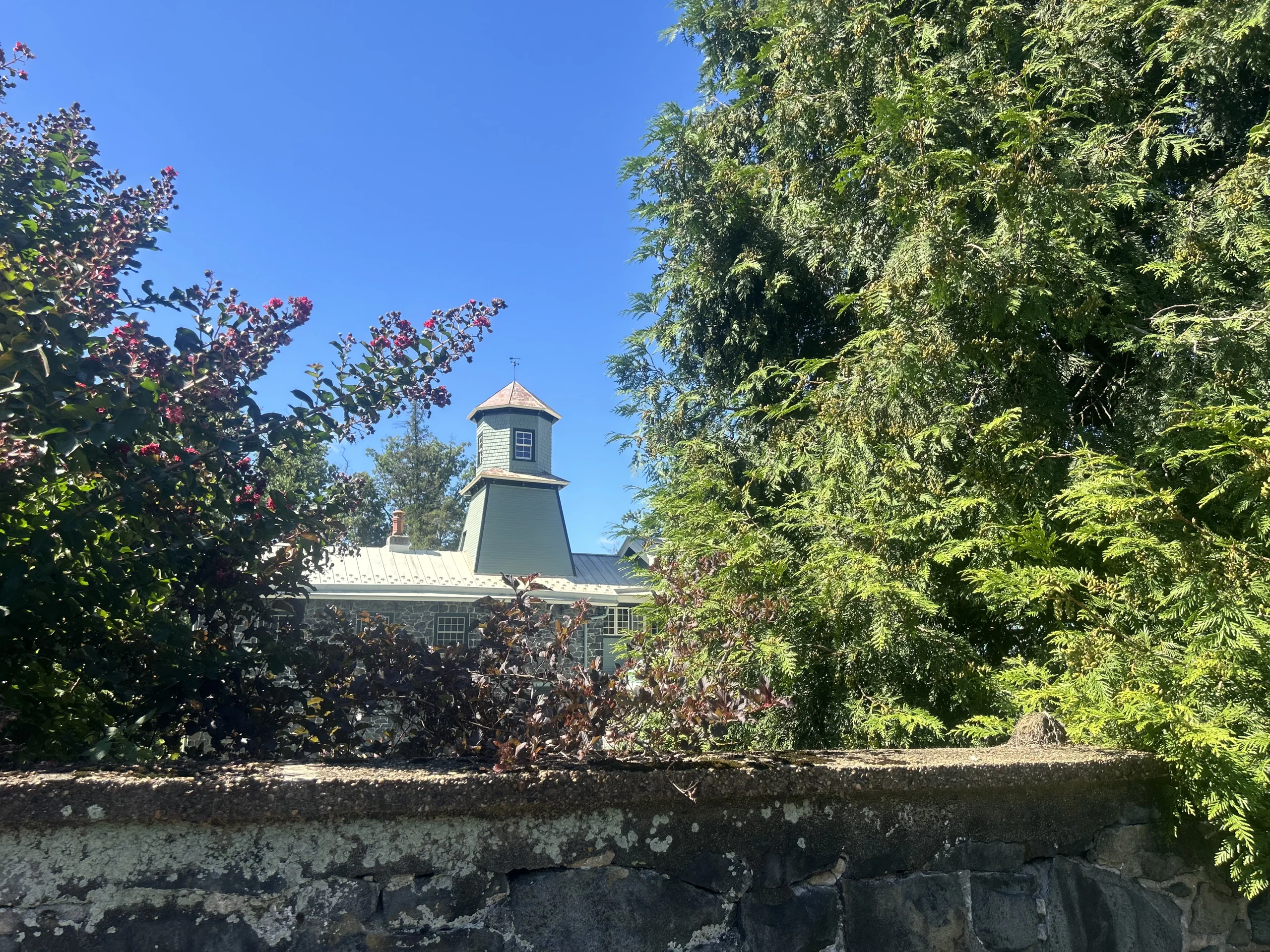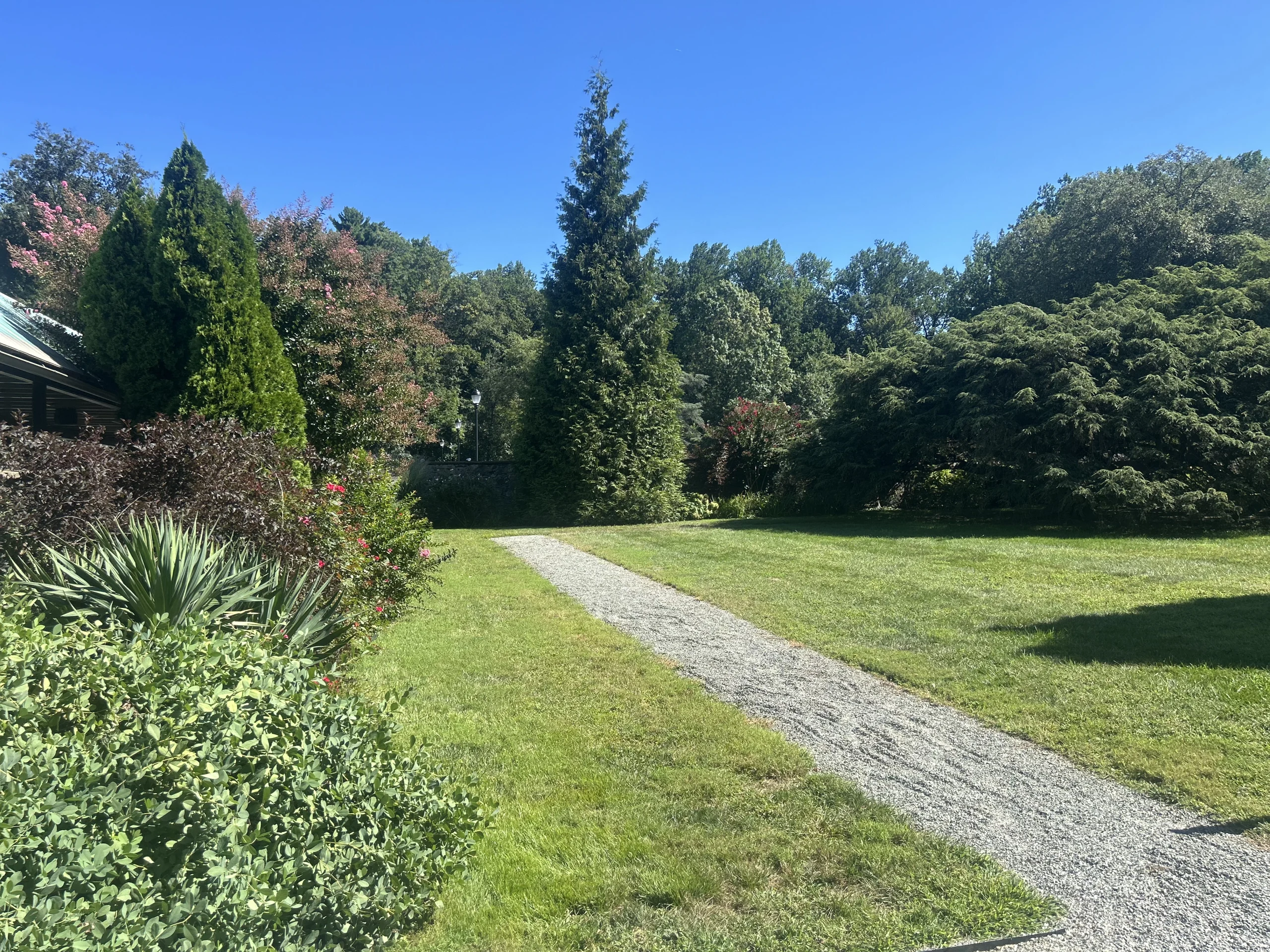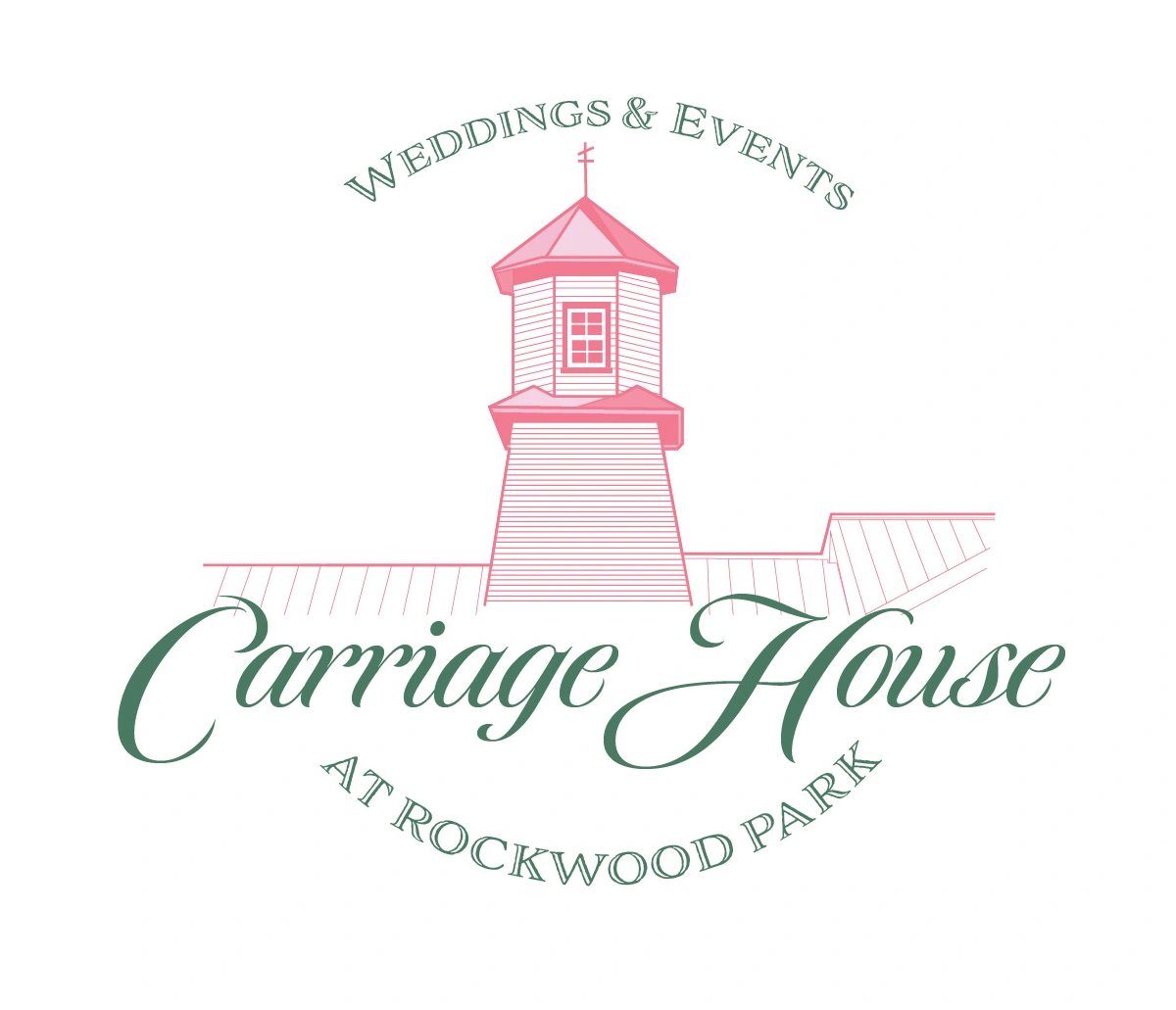Our Story
A Historic Venue Rich in Charm
Situated within Rockwood Park in Wilmington, Delaware, the Carriage House presents a distinguished setting for weddings, events, and private gatherings. Established in 1854, this historic estate seamlessly combines enduring elegance with tranquil garden surroundings, distinguishing it as a premier venue in the Greater Philadelphia and Wilmington area.


The Story Behind Rockwood
Shipley transformed over 300 acres into a quiet retreat, with rolling lawns, winding paths, and peaceful views that invite visitors to relax and explore.
The garden was designed to surprise and delight, featuring curved walkways, hidden garden features, small ponds, and rare plants that reveal beautiful scenes around every corner.
Today, the six-acre garden around the Carriage House still reflects Shipley’s vision. Many plants date back to the 1850s, with thoughtful additions made by his family around 1900. As a nature lover, Shipley created the garden as a living collection of plants from all over the world.
